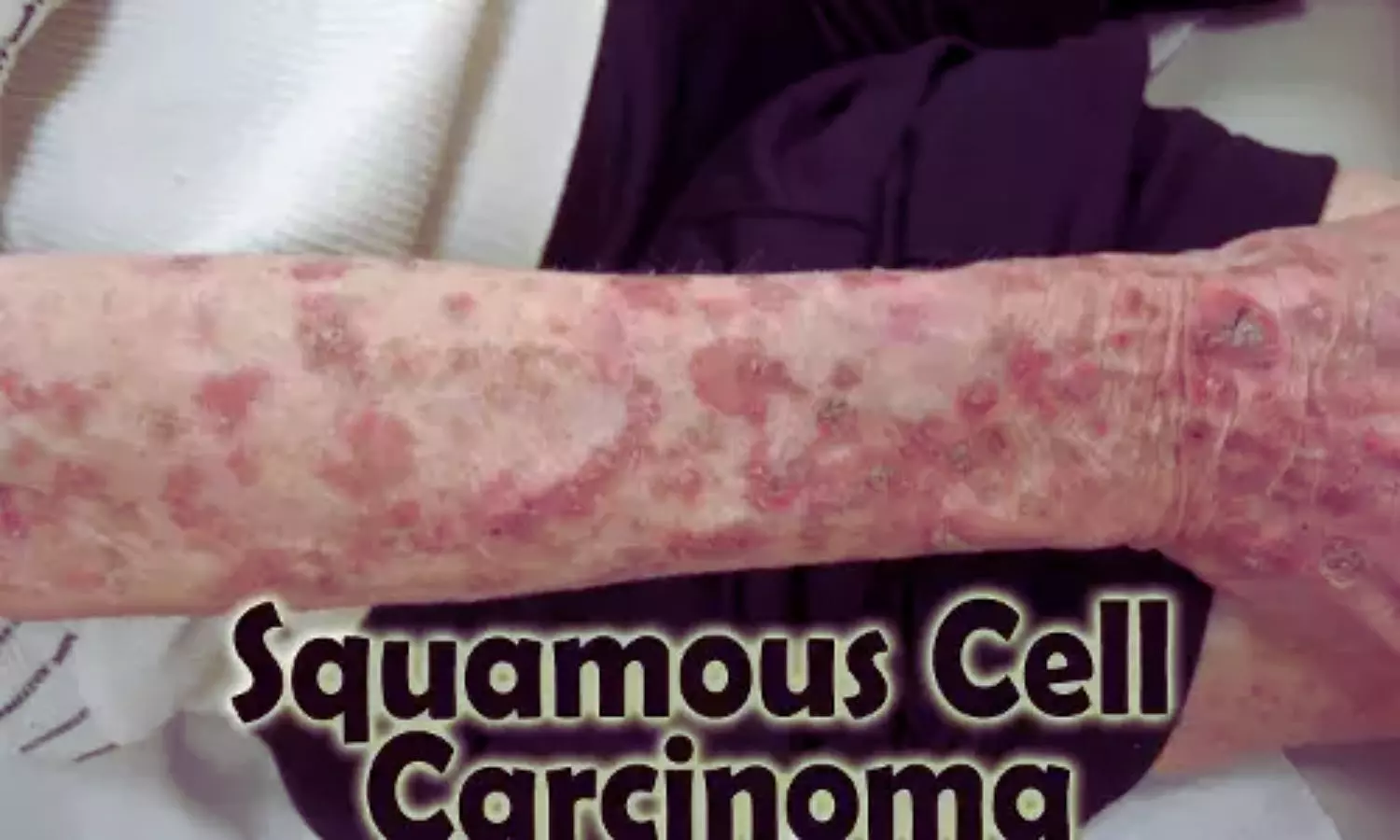- Home
- Medical news & Guidelines
- Anesthesiology
- Cardiology and CTVS
- Critical Care
- Dentistry
- Dermatology
- Diabetes and Endocrinology
- ENT
- Gastroenterology
- Medicine
- Nephrology
- Neurology
- Obstretics-Gynaecology
- Oncology
- Ophthalmology
- Orthopaedics
- Pediatrics-Neonatology
- Psychiatry
- Pulmonology
- Radiology
- Surgery
- Urology
- Laboratory Medicine
- Diet
- Nursing
- Paramedical
- Physiotherapy
- Health news
- Fact Check
- Bone Health Fact Check
- Brain Health Fact Check
- Cancer Related Fact Check
- Child Care Fact Check
- Dental and oral health fact check
- Diabetes and metabolic health fact check
- Diet and Nutrition Fact Check
- Eye and ENT Care Fact Check
- Fitness fact check
- Gut health fact check
- Heart health fact check
- Kidney health fact check
- Medical education fact check
- Men's health fact check
- Respiratory fact check
- Skin and hair care fact check
- Vaccine and Immunization fact check
- Women's health fact check
- AYUSH
- State News
- Andaman and Nicobar Islands
- Andhra Pradesh
- Arunachal Pradesh
- Assam
- Bihar
- Chandigarh
- Chattisgarh
- Dadra and Nagar Haveli
- Daman and Diu
- Delhi
- Goa
- Gujarat
- Haryana
- Himachal Pradesh
- Jammu & Kashmir
- Jharkhand
- Karnataka
- Kerala
- Ladakh
- Lakshadweep
- Madhya Pradesh
- Maharashtra
- Manipur
- Meghalaya
- Mizoram
- Nagaland
- Odisha
- Puducherry
- Punjab
- Rajasthan
- Sikkim
- Tamil Nadu
- Telangana
- Tripura
- Uttar Pradesh
- Uttrakhand
- West Bengal
- Medical Education
- Industry
Picosecond-domain laser safe and effective adjunct treatment of melasma

Melasma, a stubborn skin condition characterized by unsightly brown or gray-brown patches on the face, may have met its match in a groundbreaking laser treatment, according to a recent study. Researchers have evaluated the safety and effectiveness of a cutting-edge picosecond-domain laser equipped with fractionated optics, and the results are turning heads in the world of dermatology.
The study results were published in the journal Lasers in Surgery and Medicine: Energy-based Therapeutics and Diagnostics.
Melasma is a very typical acquired condition characterized by macular hyperpigmented patches in sun-exposed areas of skin. It primarily affects the face's sun-exposed regions, appearing as brown hyperpigmented patches on the forehead, cheeks, chin, nose, upper lip, and also the upper arms. Due to the inflammatory nature of melasma, Q-switched lasers, and fractionated thulium lasers are commonly used to treat melasma apart from the myriad of treatments. Recent literature shows that picosecond-domain laser treatments can effectively manage melasma. Hence researchers from the U.S.A. conducted a study to investigate the effect of treatment with a 1064-nm picosecond-domain laser on melasma.
In a study involving 20 adults diagnosed with melasma, participants underwent a series of four monthly laser treatments. These treatments utilized a 1064 nm wavelength laser, delivering precise microbeams in a 10x10 fractional array. The laser fluences, or energy levels, ranged from 1.7 to 2.9 millijoules per microbeam, with a rapid repetition rate of 6 Hz. Blinded dermatologists compared the baseline and 3- and 8-month post-treatment images. Modified melasma area and severity index (mMASI) scores were determined by the study investigator based on clinical photography.
Findings:
- Blinded dermatologists examining post-treatment images correctly identified the improvements in 80% of cases.
- On an 11-point scale, the ratings showed a statistically significant enhancement at both the 3-month and 8-month follow-up assessments.
- The real breakthrough came with the quantifiable results where a remarkable 37% improvement in melasma appearance was noted at the 3-month follow-up, with an enduring 27% improvement still present at the 8-month mark.
- These results were supported by the Modified Melasma Area and Severity Index (mMASI) scores, which indicated a highly significant reduction in melasma severity at both follow-up assessments compared to the baseline.
- The most encouraging was the satisfaction reported by the participants themselves. An impressive 90% of those who received the laser treatment expressed contentment with the results.
Thus, though further research and larger clinical trials may be needed to confirm these findings, the picosecond-domain laser's potential to tackle melasma is a promising step forward. With its remarkable 80% success rate in improving melasma appearance, this treatment may soon become a game-changer in the quest for clearer, more radiant skin for those living with this common skin condition.
Further reading: Melasma treatment with a 1064 nm, picosecond-domain laser with a fractionated multi-beam lens array. https://doi.org/10.1002/lsm.23723
BDS, MDS
Dr.Niharika Harsha B (BDS,MDS) completed her BDS from Govt Dental College, Hyderabad and MDS from Dr.NTR University of health sciences(Now Kaloji Rao University). She has 4 years of private dental practice and worked for 2 years as Consultant Oral Radiologist at a Dental Imaging Centre in Hyderabad. She worked as Research Assistant and scientific writer in the development of Oral Anti cancer screening device with her seniors. She has a deep intriguing wish in writing highly engaging, captivating and informative medical content for a wider audience. She can be contacted at editorial@medicaldialogues.in.
Dr Kamal Kant Kohli-MBBS, DTCD- a chest specialist with more than 30 years of practice and a flair for writing clinical articles, Dr Kamal Kant Kohli joined Medical Dialogues as a Chief Editor of Medical News. Besides writing articles, as an editor, he proofreads and verifies all the medical content published on Medical Dialogues including those coming from journals, studies,medical conferences,guidelines etc. Email: drkohli@medicaldialogues.in. Contact no. 011-43720751




